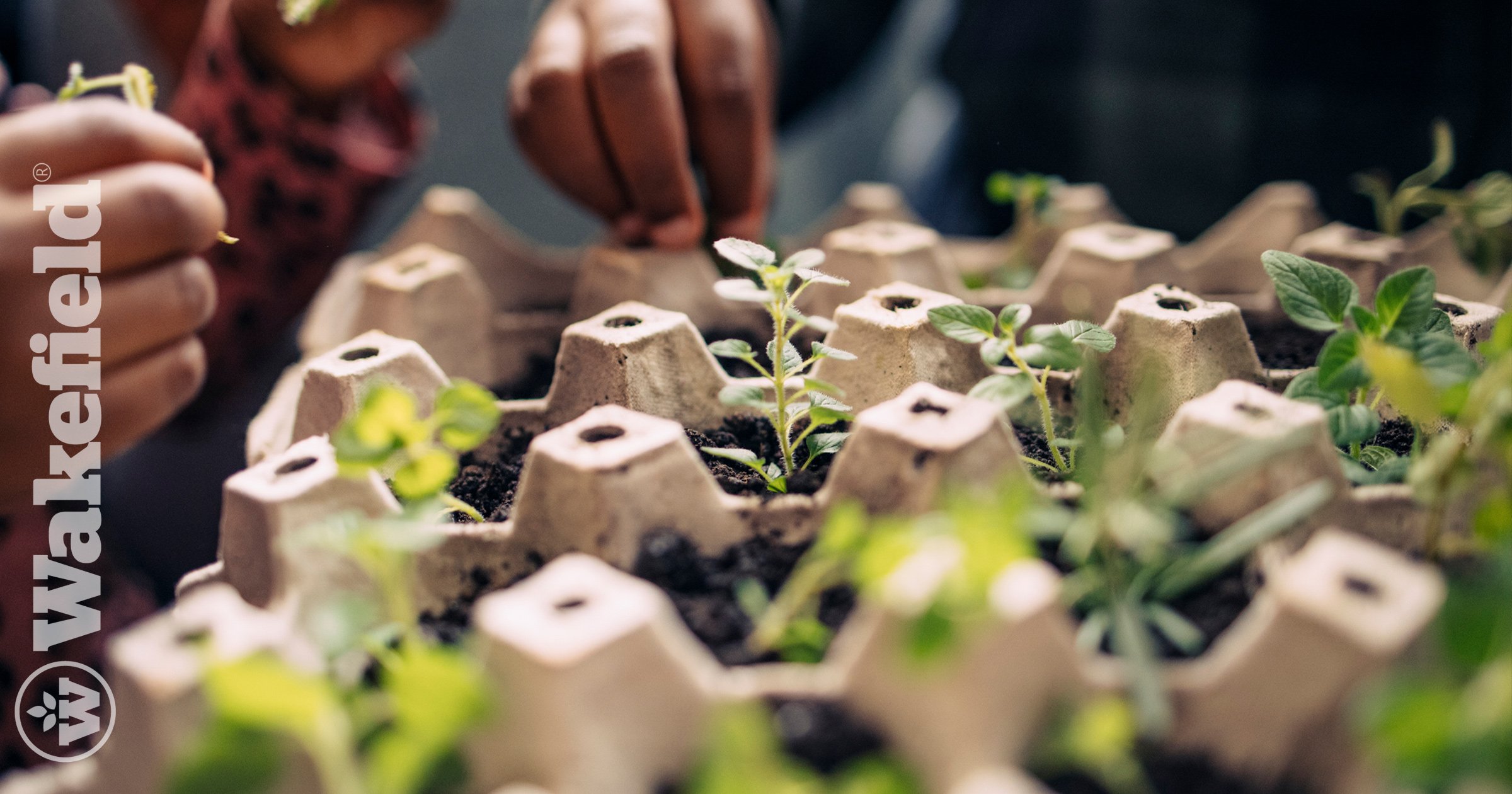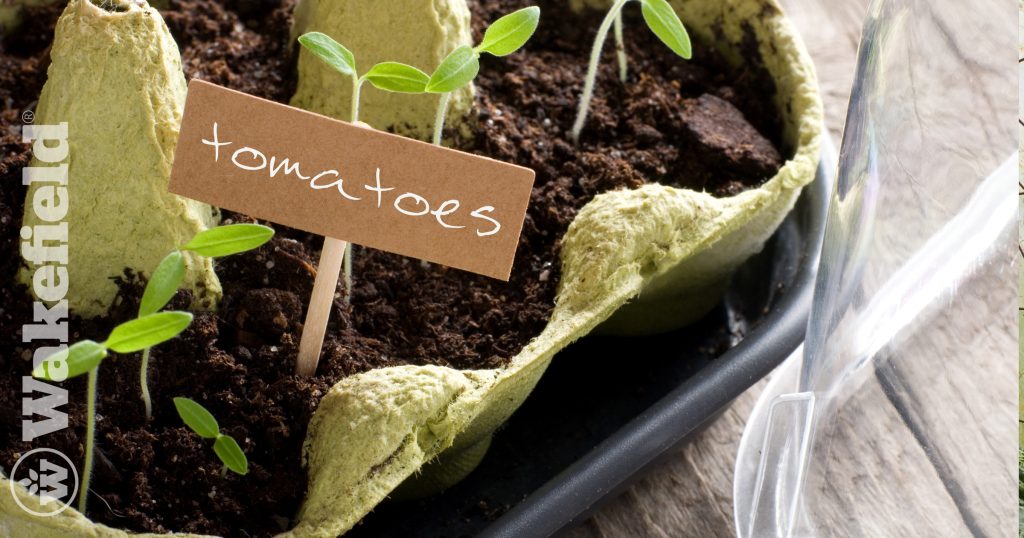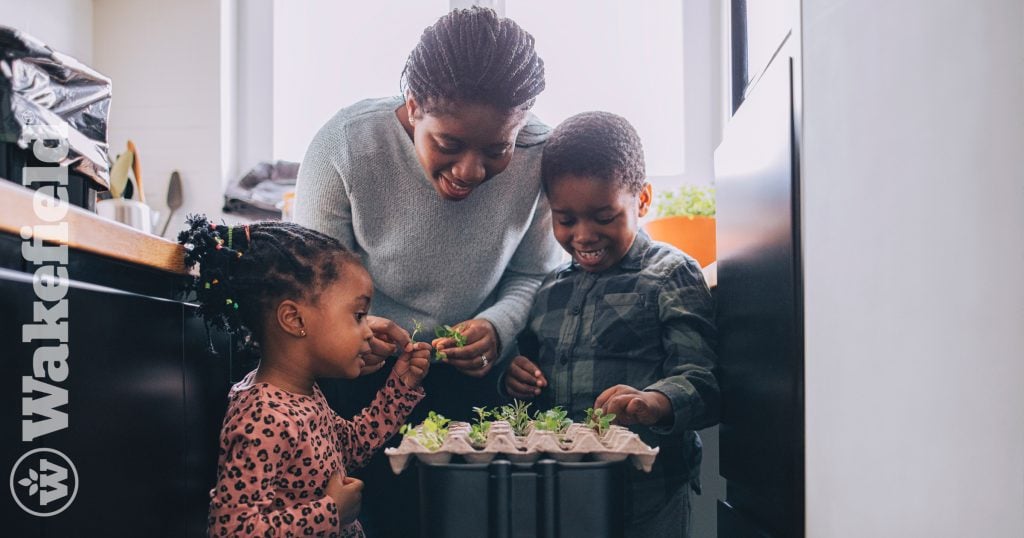Back-to-School DIY: Egg Carton Seedlings with a Sustainable Twist

As the new school year kicks off, it’s time to unleash some creativity and teach the kiddos about sustainability with a project that’s both messy and magical! We’re talking about getting their hands dirty while learning how to grow something green. And guess what? You don’t need to buy anything fancy—just grab that old egg carton you were about to toss out!
What You’ll Need:
- One empty egg carton (the paper kind is best)
- Potting soil
- Seeds of your choice (herbs, flowers, or veggies—take your pick!)
- A dash of Biochar (for extra plant power)
- A small watering can or spray bottle
- Scissors
Step 1: Get That Egg Carton Ready!
First, chop off the lid of the egg carton like a pro chef (okay, maybe not with that much flair). Leave the bottom part with the egg cups intact. The lid is your new water tray, catching any drips like a champ. Voilà, you’ve just turned trash into a treasure—your very own eco-friendly planter!
Step 2: Mix in Some Magic (Biochar Time!)
Before you dump in the soil, sprinkle a bit of biochar into the mix. Think of it as your secret ingredient, like adding chocolate chips to cookie dough—only this magic ingredient supercharges your plants! It’s a cool way to show kids how natural products can give Mother Earth a little boost.
Step 3: Load Up on Soil
Now, fill each egg cup with potting soil, but don’t go overboard—leave a bit of room at the top for those precious seeds. This cozy little spot is where your plants will start their journey, so make it comfy!
Step 4: Plant Those Seeds
Now for the fun part! Gently pop a seed or two into each soil-filled cup, and give them a light press like you’re tucking them into bed. Cover them with a tiny blanket of soil, then pat it down gently. Let the kids pick their favorite seeds—whether they’re dreaming of a fragrant herb garden, a splash of colorful flowers, or a mini veggie patch.
Step 5: Water and Wait (the Hardest Part!)
Use a small watering can or spray bottle to give your soil a light drink—just enough to keep it moist, not soggy. Then, place the egg carton in a sunny spot and play the waiting game. But don’t worry, within a week or two, your little gardeners will see the magic unfold as tiny green sprouts push through the soil!
Step 6: Time to Transplant!
Once your seedlings are tall and strong, it’s time for the big move! You can plant the entire egg cup directly into a larger pot or garden bed—the carton will break down over time, making it an eco-friendly way to expand your garden. It’s like magic, but with science! Another win for sustainability!
This back-to-school DIY is not just a blast, it’s a hands-on way for kids to learn about sustainability and the wonders of nature. Plus, it’s the perfect introduction to gardening, helping them get in touch with the earth—literally! Happy planting and watch those little green thumbs grow!







